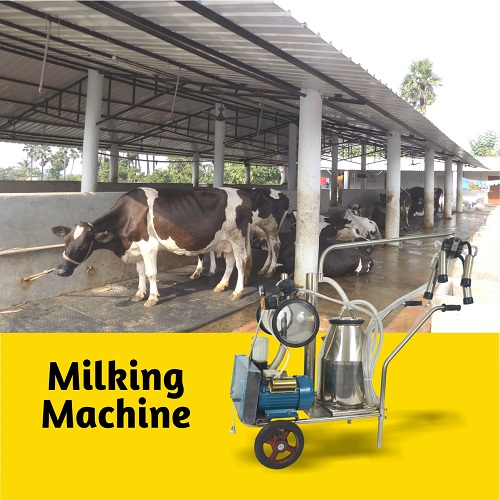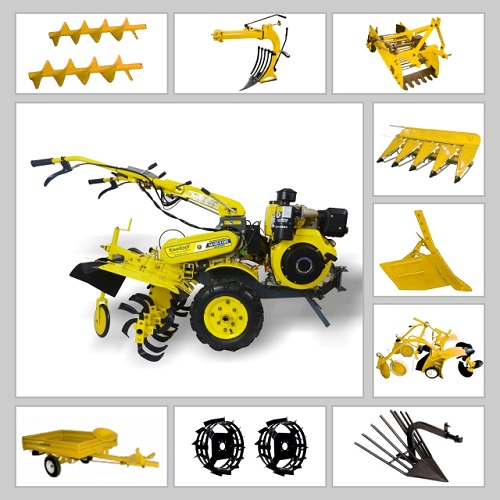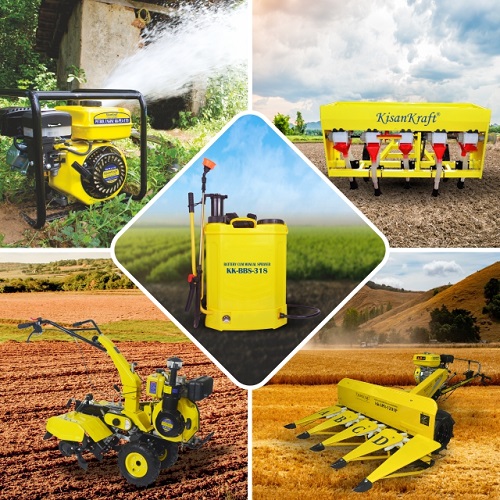Wheat cultivation in India: issues and solutions
Wheat is the second most important crop in India after rice, and globally it is the most important crop. Wheat is mainly a rabi (winter) season crop in India, grown in a variety of soils. Wheat is grown in India in an area of about 30 Million ha. with a production of 98.6 Million tons. The normal National productivity is about 3 tons/ha.
Wheat cultivation area has seen an increase of 0.69 percent in the last years whereas, production increased by 2.14 percent in the same period. India is 3rd ranked wheat producer in the world after EU and China, but we are still importing about 1 million tons of wheat annually. Following needs to be addressed, to meet the demand and to achieve maximum yield:
Sowing:
Most of the times wheat is sown by broadcasting seeds. Even though it is the easiest method of sowing it has a lot of disadvantages like improper germination due to uneven sowing depth, increased seed rate, uneven row distribution. Lack of proper spacing leads to decreased yield due to competition for nutrients, reduced sun light, faster disease spread etc. Using seed-cum-fertilizer drills (very small and efficient machines are available from KisanKraft) takes care of the spacing, seed rate, sowing depth, and avoids loss of fertilizers during application. There will be increased production of crops due to better plant germination and plant population.
Seeds:
Cultivating HYVs/Hybrids gives more yield than traditional varieties. They always out yield varieties significantly and have huge impact on overall production. Using one’s own harvest for seeds isn’t recommended, because production of good quality seeds requires a lot of expertise and processes. Farmers must replace seeds at least after 3 years in case of HYV to get better yields (every season for Hybrids). With traditional varieties, seed replacement rate should be higher.
Soil Health:
Application of excess quantity of fertilizer does not increase yield. Fertilizers should be applied based on the soil testing results. For example, one-time application of urea leads to loss of nutrients and instead it should be applied in 2-3 splits. Crop specific fertilizer formulations are better than straight fertilizers. Instead of broadcasting fertilizers, equipment like granule sprayers must be used to increase the efficiency.
Maintenance of soil health is also an important factor when it comes to the nutrient availability. If the soil health is not maintained properly, any amount of added fertilizers will not be of any use. Application of FYM/compost is a must. Agronomical practices like crop rotation, summer ploughing, green manuring should be followed to keep the soil health.
Monocropping:
In most of India, wheat cropping pattern is similar i.e. Wheat is grown in rabi, after Kharif rice. Wheat harvest is followed by a gap and then rice is sown again. Both rice and wheat belong to same family of grasses and hence this is considered as monocropping. Monocropping damages soil health and nutrient content, makes crop amenable for pests and diseases there by, bringing down the yield. Instead, farmer should alternate pulses and oilseeds with wheat/rice etc. Pulses/oilseeds brings in different nutrition and microorganisms into the soil, thus improving soil health.
Mechanization:
Farmers can have consistent soil condition, sowing, fertilizer and pesticide application by using machines. Each of this activity improves micro environment of plants and thus improves yield. Various operations can be mechanized, often with inexpensive equipment and tools suited to local conditions. Some of them are listed below.
Land Preparation:
Land preparation includes ploughing, planking, FYM application and clod breaking. This practice plays significant role in establishment of any crop. Bullock drawn implements for land preparation are no longer efficient and may cause clod formation in heavy soils. Utilization of light weight machineries like (Intercultivator) would not only solve this problem but also saves time, energy and cost.
Plant Protection:
Many kinds of sprayers, misters and dusters are available to meet the requirements of cultivators in controlling diseases and weeds. KisanKraft has a big variety of sprayers available, in all price range, from manual to battery to engine operated models of various sizes and functions. It is important to note that just like fertilizer, correct type and amount of pesticides should be applied at correct time. Depend on your field condition, different pesticides, insecticides and weedicide application maybe required at different stages of crop growth. One should also use proper safety equipment and methods to avoid chemical contact and wash oneself thoroughly after use.
Harvesting:
Harvesting of the wheat crop is traditionally done using a plain sickle and is no longer economical due to labor shortage. KisanKraft has several small and efficient equipment available at affordable prices, to harvest and bind, which can reduce the cost of harvesting. For example, brush-cutters which are normally used for weeding, can also be used to harvest wheat with a simple attachment.




